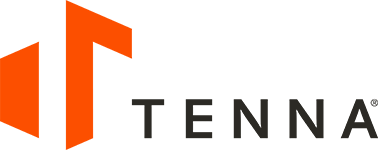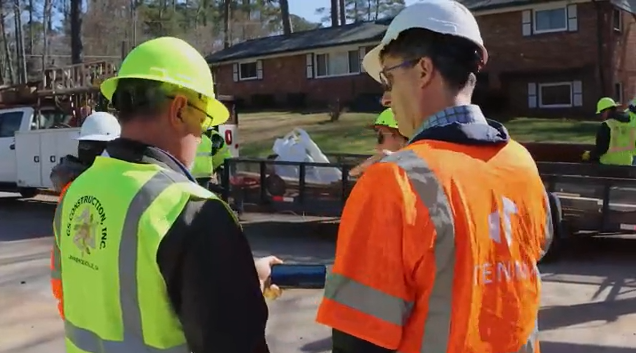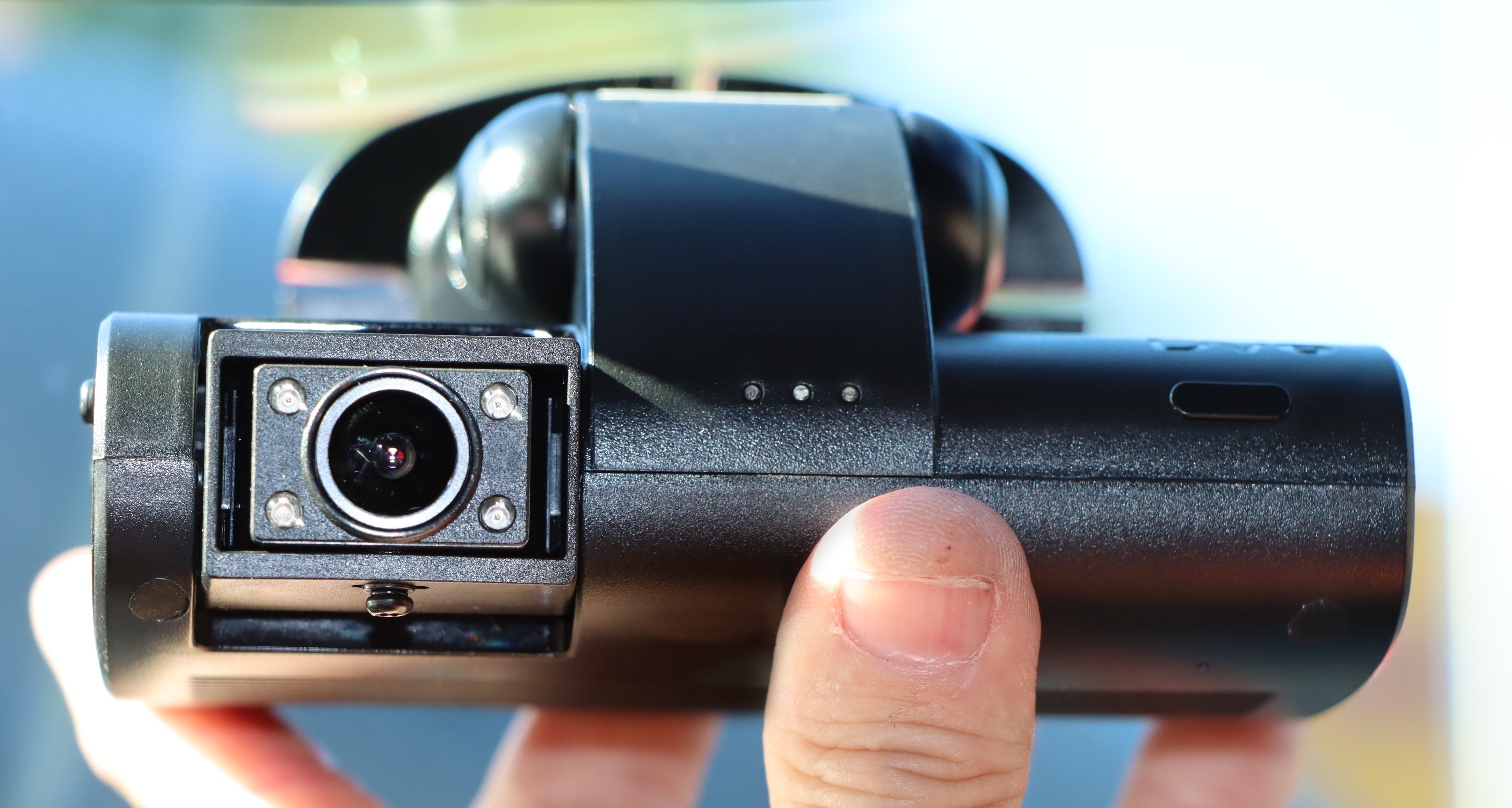Fleet Safety Best Practices
for Construction
- Elizabeth Torrez
- Apr 11, 2025
Why Fleet Safety Matters in Construction
Fleet safety best practices are not just about avoiding accidents—they’re about creating a culture of accountability, visibility and transparency. Vehicle and equipment-related incidents can cause serious injuries, regulatory penalties, and financial losses. A proactive safety program improves:- Regulatory compliance (FMCSA, DOT, OSHA)
- Insurance premiums and risk mitigation
- Equipment lifespan and uptime
- Driver retention and morale
- Safety on the road and on jobsites
- Operational efficiency and project delivery
IFTA and ELD Compliance: Staying Compliant to Stay Safe
What Is IFTA and ELD Compliance?
Several compliance requirements exist that fleets need to follow, from hours of service (HOS) to fuel tax reporting. Non-compliance is a non-option.
The International Fuel Tax Agreement (IFTA) requires commercial motor vehicles to report their fuel use. This applies when they operate in more than one area. Staying compliant with IFTA ensures accurate fuel tax reporting and prevents costly penalties during audits.
Additionally, the Federal Motor Carrier Safety Administration (FMCSA) has strict mandates around drivers’ HOS. (Learn more about those here).
Electronic Logging Devices (ELDs) help track a driver’s hours of service (HOS). They make sure drivers do not exceed safe driving limits. This is important for preventing driver fatigue, which is a major cause of accidents.
The problem with compliance is that using manual systems or paper tracking makes things harder. This is especially true for managing a large mixed fleet.
Best Practice Tip: Use a fleet management system that tracks fuel use and mileage automatically. This helps reduce manual errors. It also gives you real-time insights into driving behavior and HOS violations.
How Tenna Helps: Tenna’s asset trackers help construction businesses track HOS compliance, mileage, and fuel usage. This helps fleets follow IFTA and ELD rules while improving accountability.
The Importance of Daily Vehicle Inspection Reports
Why DVIRs Matter
The FMCSA and the US Department of Transportation (USDOT) also require Driver Vehicle Inspection Reports (DVIRs). These are mandatory pre- and post-trip inspections to ensure vehicles are in safe working condition. These inspections also help detect early maintenance issues before they lead to breakdowns or accidents. Some fleet managers still (attempt to) collect DVIRs using paper methods. They depend on drivers to keep track of important inspection reports. Thankfully, there’s a faster, more organized way to keep track of these digitally.Driver Scorecards: Measuring and Improving Driver Performance
What are Driver Scorecards?
Driver scorecards track key performance indicators (KPIs) such as speeding, harsh braking, acceleration, idling, and compliance violations. These metrics help fleet managers identify unsafe driving habits and reward high-performing operators. Driver scorecards help fleet managers see how well a construction business is doing with on-road safety.
Best Practice Tip: Use scorecards to develop a rewards/bonus program or driver coaching initiative. Transparency and constructive feedback can improve driver engagement and reduce risky behaviors.
How Tenna Helps: Tenna’s driver scorecards provide real-time analytics on driver behavior across your fleet. Managers can filter by driver, location, and vehicle type to spot trends and implement targeted coaching strategies. All data is stored in one equipment management system. This means you can access video footage based on triggered events, (more on this below), and link specific driver behaviors directly to fleet optimization opportunities such as reducing idling and fuel costs.
Driver Coaching: Translating Data into Safer Driving for Fleets
Why Driver Coaching Works
Collecting data is only the first step. Proactive driver coaching based on real, documented behavior reduces risk, improves compliance, and builds a culture of continuous improvement. Video telematics makes this possible.
Best Practice Tip: Schedule monthly performance reviews with drivers to go over scorecard data, provide feedback, and set goals. Make sure coaching is positive, not punitive. Ensure your driver coaching tools work with your fleet management software. This way, all your safety tools can help improve both driver behavior and fleet performance all under one roof.
How Tenna Helps: Tenna provides access to performance trends through Driver Scorecards and event-triggered videos. This support helps with coaching conversations using clear evidence. It makes it easier to discuss incidents and promote safe driving practices.
What happened when GS Construction started coaching drivers with Tenna?
- Risky drivers were identified.
- Employees with good driving habits were rewarded.
- Contractor saw a reduction in traffic and bad driving incidents.
- Contractor saw a huge improvement in fleet performance.
AI Dash Cams and Video Telematics: Seeing the Full Picture
The Role of AI Dash Cams in Fleet Safety
AI dash cams have transformed how construction fleets monitor and improve driver safety. These smart cameras detect risky behaviors like distracted driving, tailgating, and fatigue in real time—often before an incident occurs.
Video telematics combines camera footage with GPS and vehicle data to provide context to safety events. This is essential for near miss evaluation, accident reconstruction, insurance claims, and driver exoneration.
Best Practice Tip: Choose dash cams with forward- and driver-facing lenses. Ensure your team is trained in the value and purpose of protecting drivers, vehicles and the company.
How Tenna Helps: Tenna offers AI dash cams that feed directly into the platform’s safety dashboard. Managers can easily access and watch footage with telematics data. This gives them a complete view of any incident and helps with making faster, informed decisions.
What else should you look for when purchasing fleet dash cams?
Check out our top 10 list of features of the best fleet dash cams, including dual footage, GPS tracking, in-cab alerts and more.
Read MoreIntegrating Fleet Safety into Your Construction Operations
Construction companies that view fleet safety as an operational pillar—not just a compliance requirement—gain a strategic advantage. Here’s how to build a cohesive safety strategy:1. Centralize your Fleet Data
Using a single platform like Tenna to track inspections, telematics, video footage, driver behavior, compliance records, utilization, dispatching and maintenance improves visibility and decision-making. It also helps with internal adoption and ease of use.
2. Using Automate Construction Safety Workflows
Automate inspection reports, defect notifications, and coaching triggers to minimize human error and ensure nothing falls through the cracks. Platforms like Tenna offer a safety suite that helps automate your workflows, so AI dash cams feed driver scorecards, which inform driver coaching, and so on—joining safety and operations.
3. Promote a Safety-First Culture
Regularly train your crews on fleet safety policies, hold toolbox talks, share footage of near-miss incidents as well as situations handled well, and create clear accountability structures for unsafe practices. It is important for construction business leaders to educate their employees and create the right narrative.
4. Monitor Fleet Safety Performance and Adapt
Review scorecard trends, incident reports, video footage, and inspection outcomes monthly. Adjust policies and training as needed based on the data.
How Tenna Supports Fleet Safety and Compliance
Tenna is built specifically for the construction industry. It provides a single platform that connects vehicles, equipment, people, and processes in one unified view. Our safety and compliance tools help construction businesses:- Monitor driver behavior and implement score-based coaching
- Maintain DOT compliance through integrated ELD and IFTA tracking
- Digitize and automate DVIR inspections and maintenance workflows
- Capture video evidence with integrated AI dash cams and telematics
- Improve safety outcomes while reducing risk and liability
Conclusion: Build a Safer, More Compliant Fleet
Fleet safety best practices are more than a checklist—they’re a comprehensive effort that combines technology, training, and culture. From DVIRs and ELDs to AI dash cams and driver coaching, each component plays a crucial role in protecting your people, assets, and bottom line. With Tenna, construction businesses can streamline fleet safety, ensure compliance, and make data-informed decisions that improve performance and operations. Start building a safer, smarter fleet today.Ready to improve your construction fleet safety strategy? Contact us.

About Elizabeth Torrez
Elizabeth Torrez is Tenna’s Regional Director for California, Hawaii, Alaska and Oregon. She has spent more than 19 years working in the construction industry in various roles. Elizabeth spent the first half of her career in heavy civil construction in roles including Project Manager, Safety Manager, Equipment Manager, Operations Manager and Chief Operating Officer. During this time, Elizabeth served on the Board of Directors for the Engineering Contractors Association (ECA) as Chair of the City of Los Angeles Ad Hoc committee, Chair of the Installation Dinner, and Executive Board Secretary. She was awarded Contractor of the Year and Affiliate of the Year from the association. The latter half of her career has been spent in the construction associate world. Elizabeth spent four years working for United Rentals Trench Safety, where she worked with some of the largest contractors in Southern California, assisting with engineered shoring solutions, confined space equipment, safety equipment and more for projects like Sofi Stadium, LAX ConRac and the Disneyland Star Wars Expansion. While at United, Elizabeth was the Executive Board Affiliate Chair for the ECA and joined the Association of General Contractors (AGC) of California on the Los Angeles District Board. For the last four years, Elizabeth has been at Tenna, holding roles of Account Executive, Territory Manager, and now Regional Director. In her current role, Elizabeth is charged with growing sales on the West Coast while also partnering with existing customers and associations to help build Tenna’s brand. Elizabeth is now in her fifth year on the AGC of California Los Angeles District board, and just completed her term as the Associate Chair for the State Board. In 2025 she was awarded the Associate Achievement Award by AGC of California. Elizabeth is currently the Associate Director-Elect for United Contractors (UCON) Board of Directors and is serving a two-year term. She is also a member of The Beavers and part of the Women in Heavy Civil Committee. Elizabeth holds a bachelor's degree in communication from California State University San Marcos.


